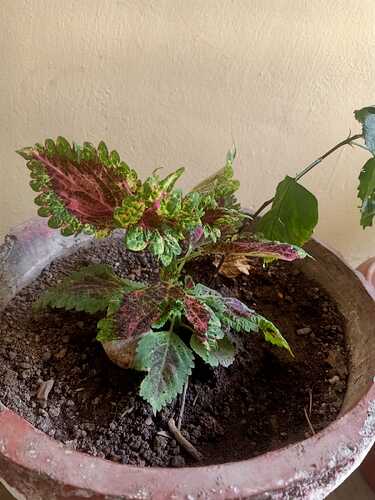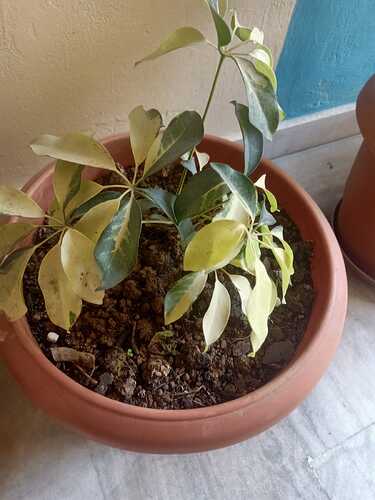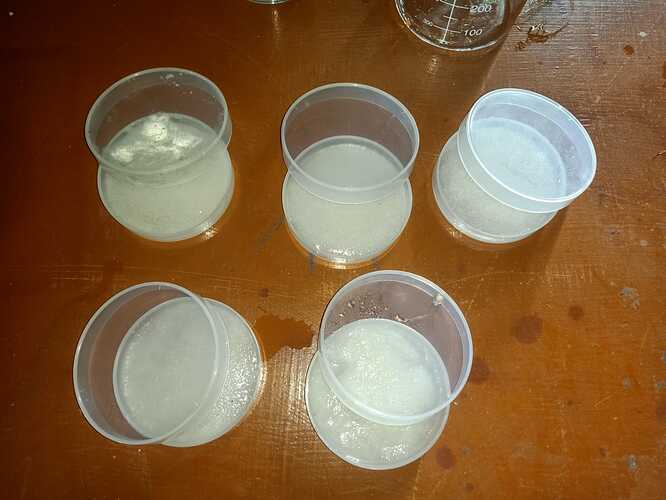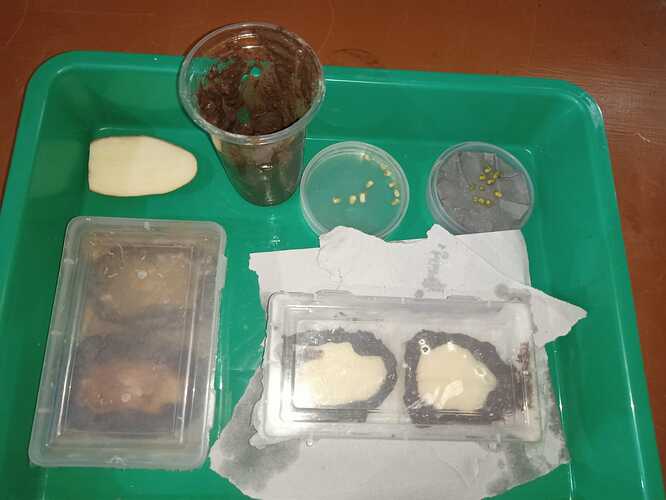Isolation of soil nematodes : Bageshwar, Uttarakhand
This set up was made on 29th October 2024.
Place: Bageshwar
Photo:kiran
Place: Bageshwar
Photo:Kiran
Do you hear the excitement of getting Nematodes after 4 trails.
Photo:Kiran
This is the potted plant from which the soil for isolating soil nematodes was collected. Date of photo : 08
11.2024
Location Bageshwar Uttarakhand
Another pot from which the soil was collected .
Update on soil nematodes. Date of video: 07.11.2024 .
These rava plates are prepared in order to culture these nematodes.
Photo:Kiran




